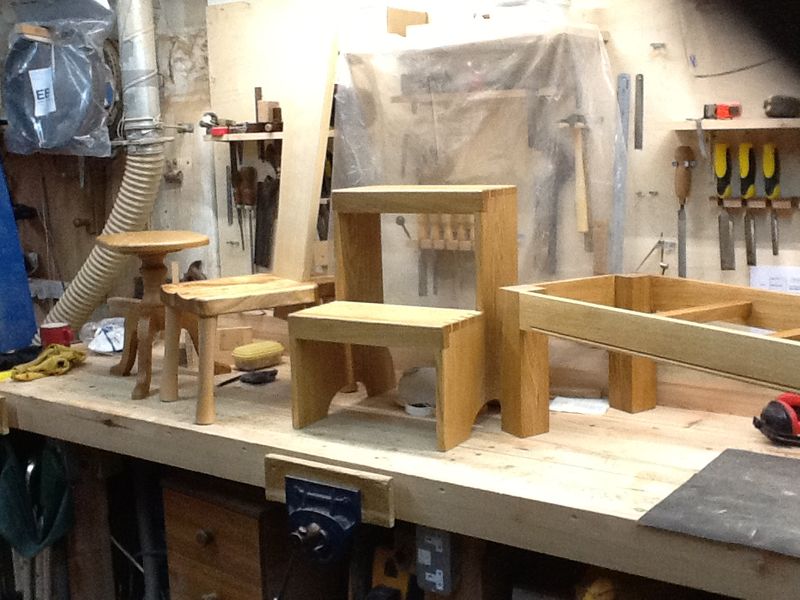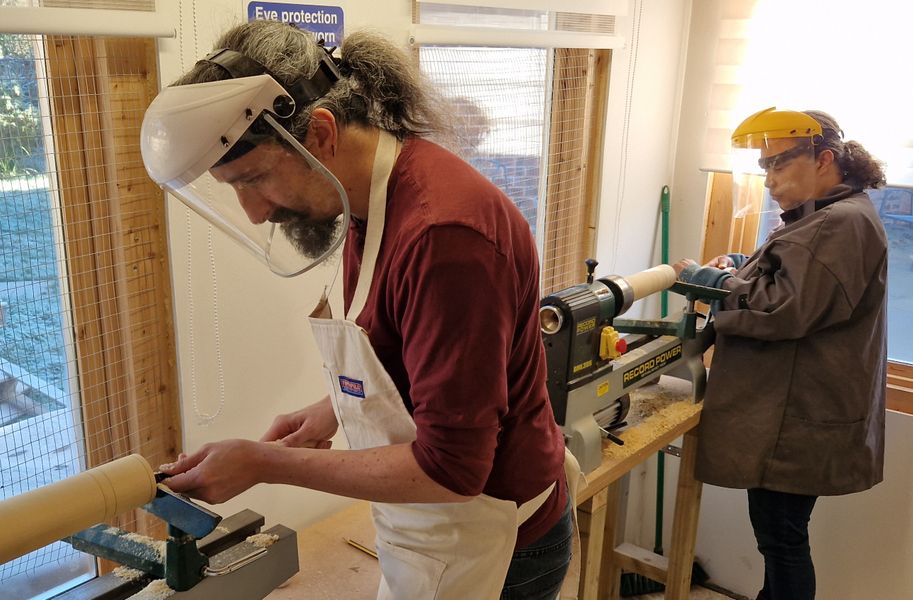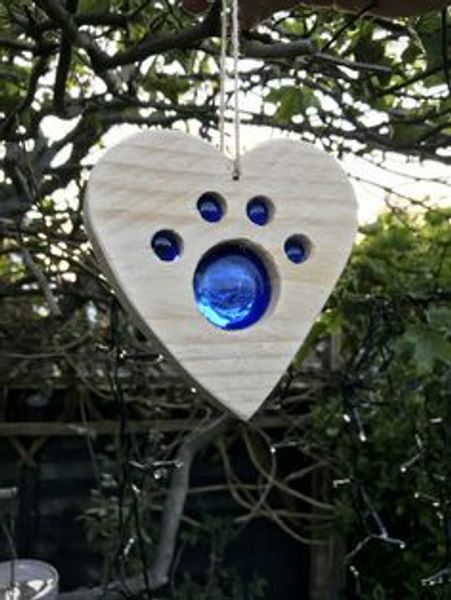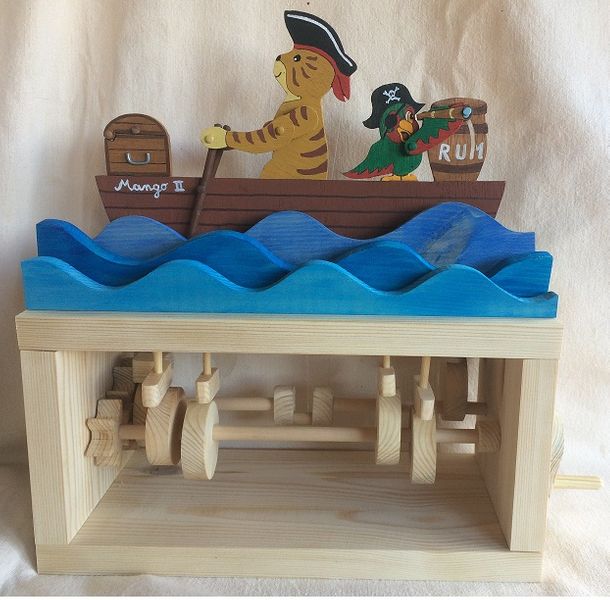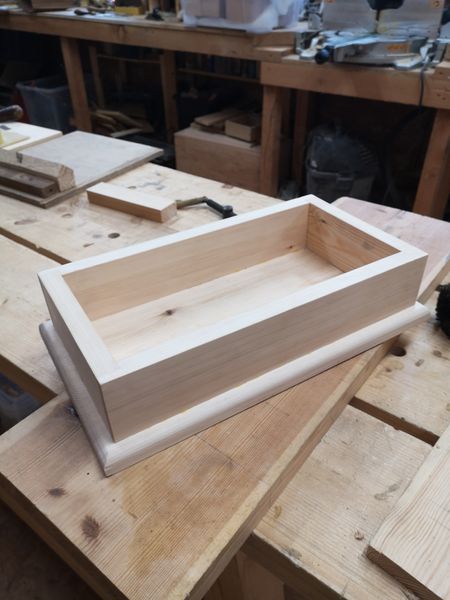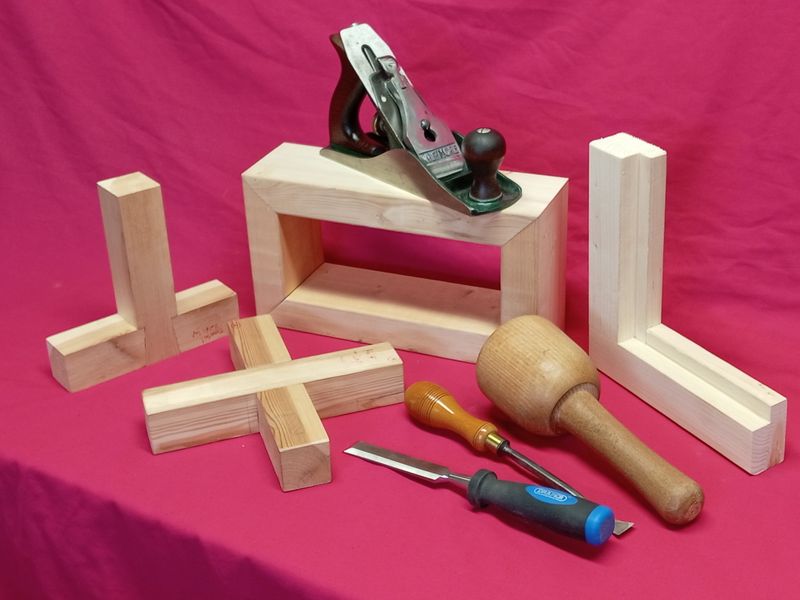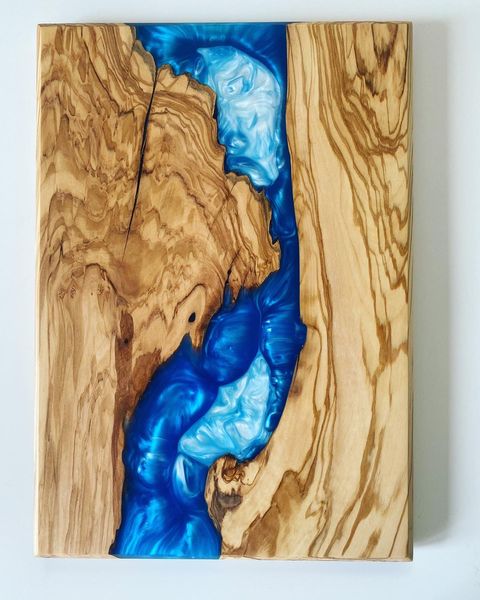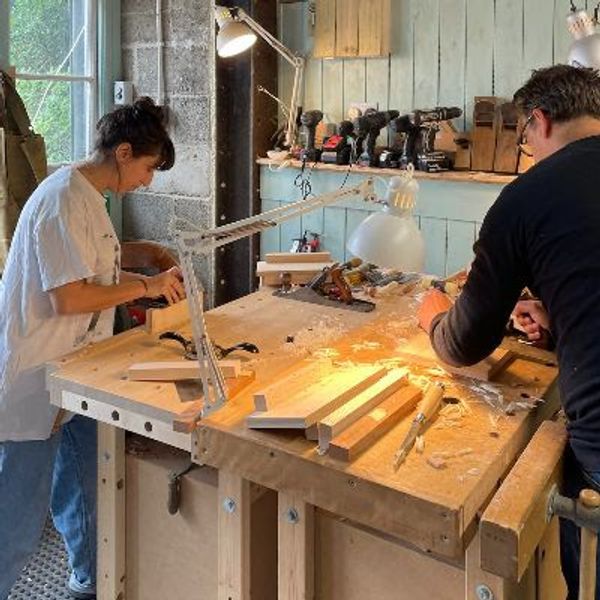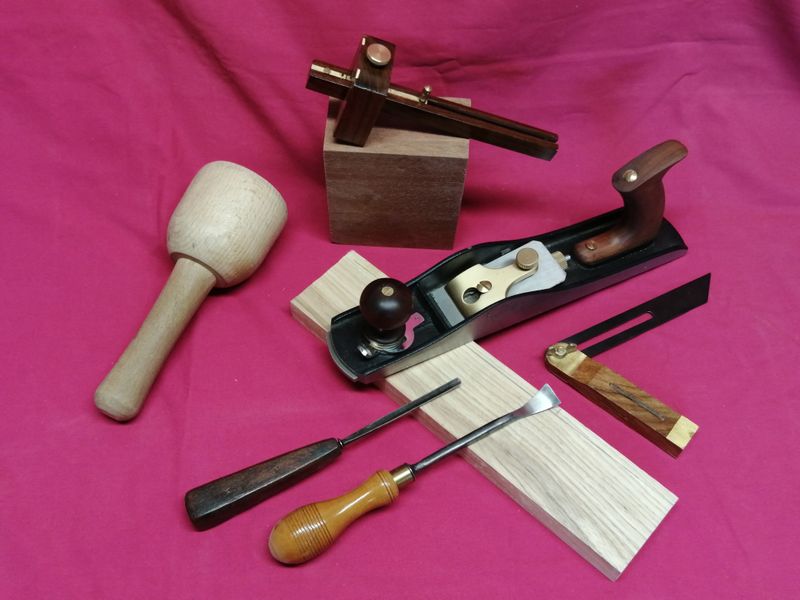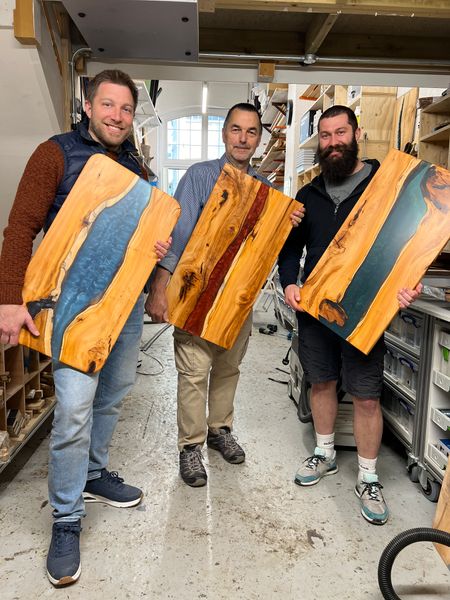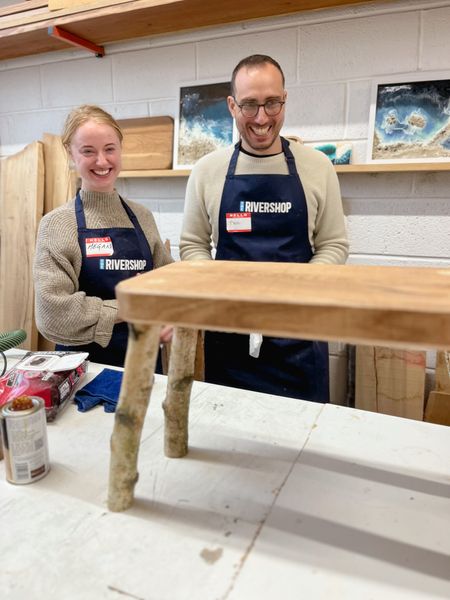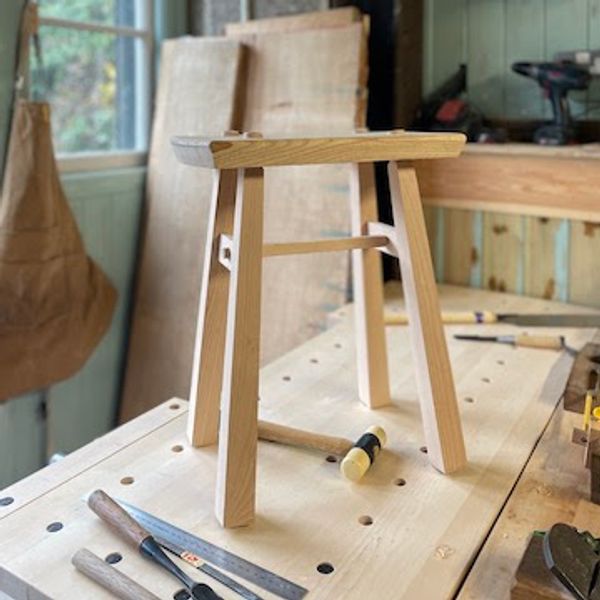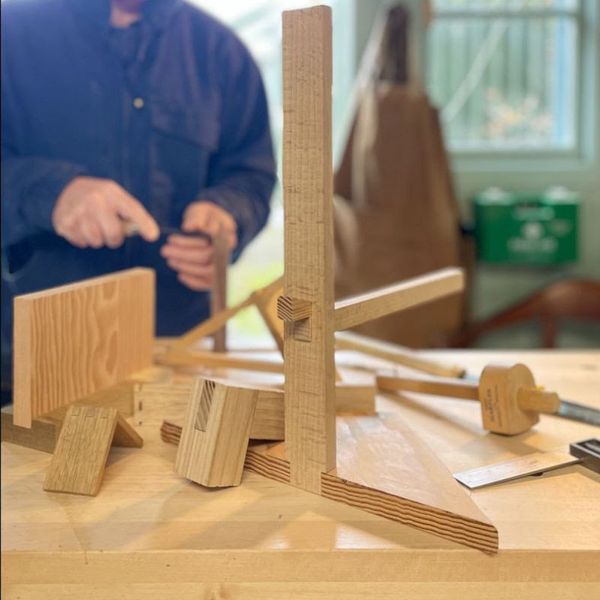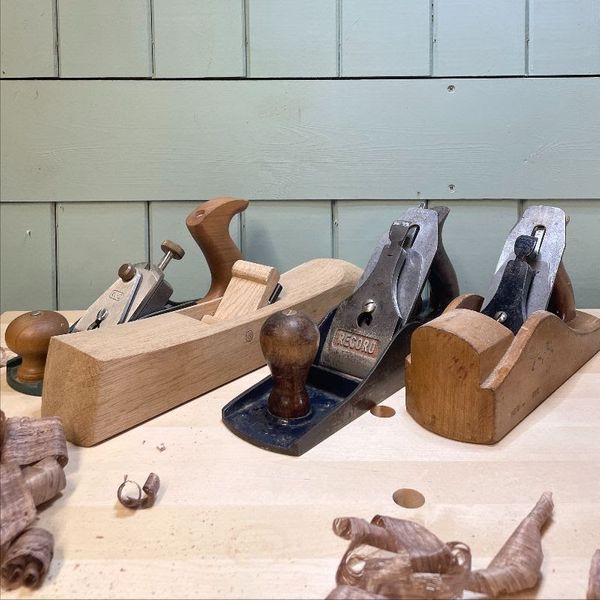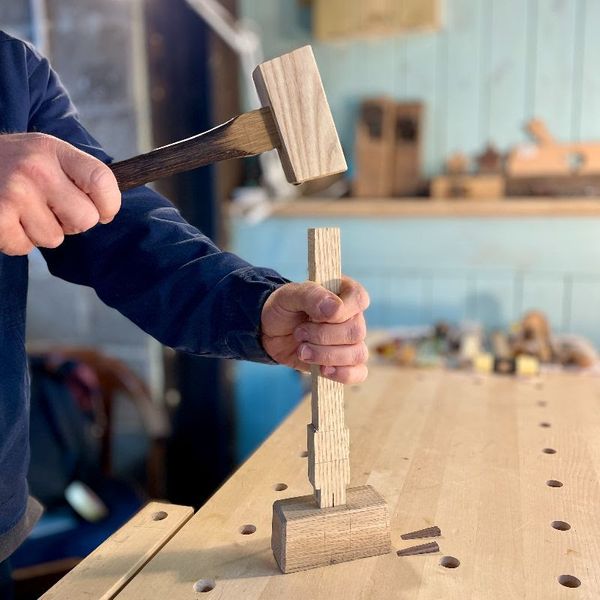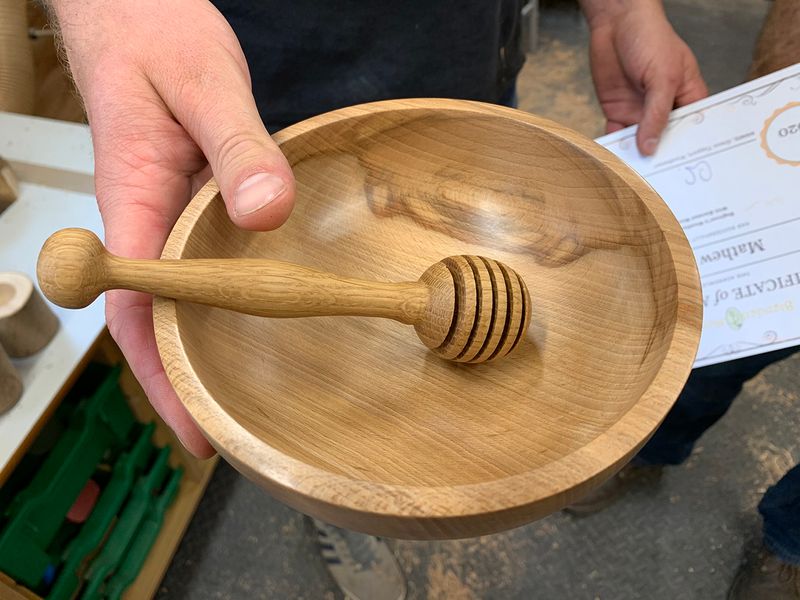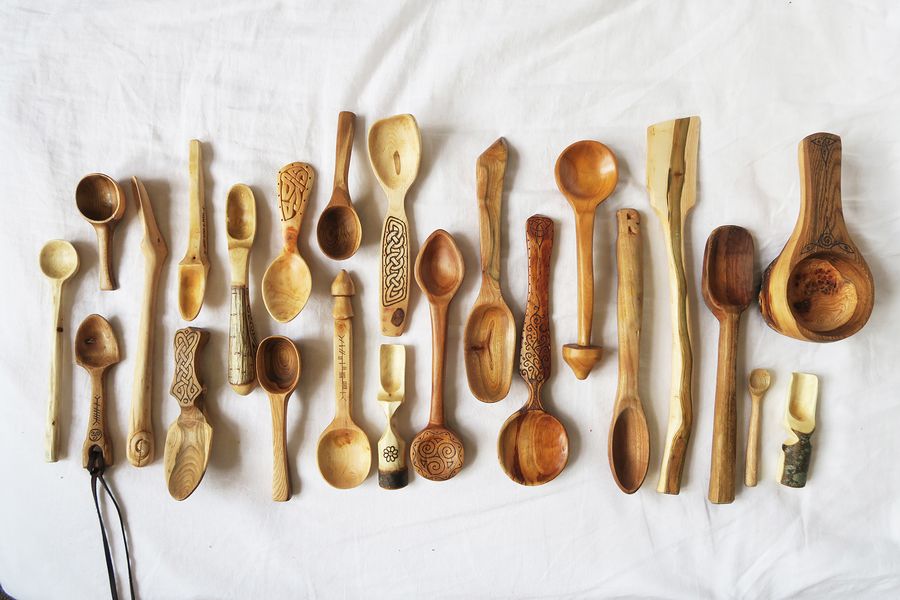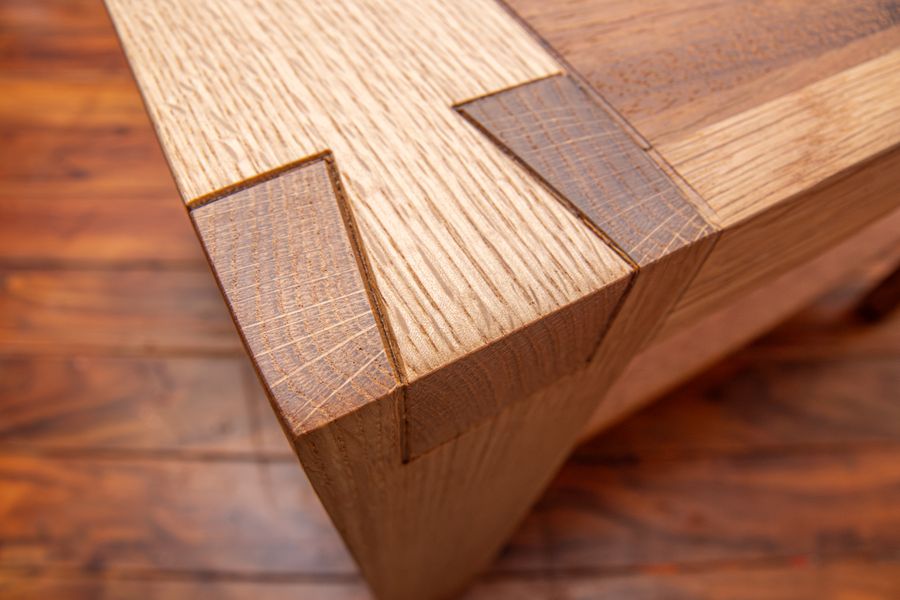Featured
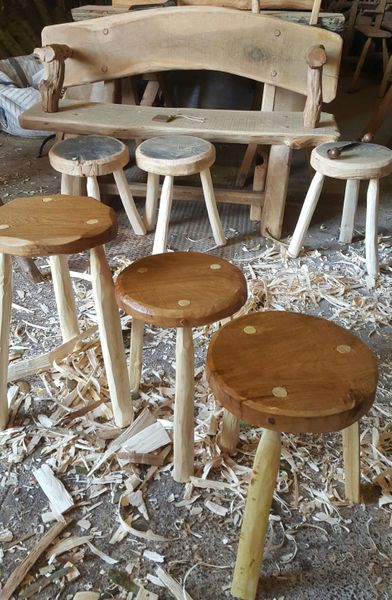

Oak stool making experience - rustic carpentry & green wood work
1 day
Next date: 17th Dec 2025
Featured
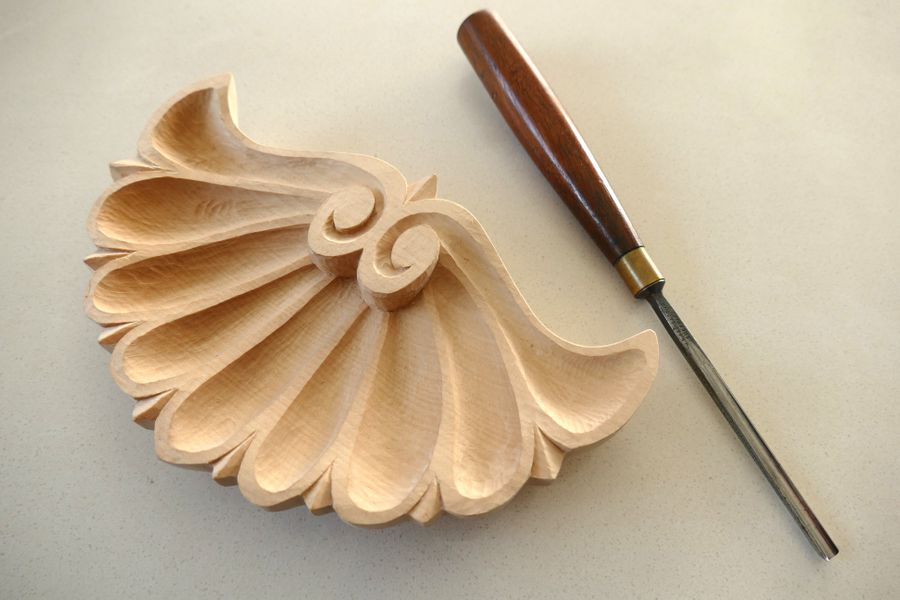

Two day wood carving course at Chillington Hall
2 days
Next date: 21st Mar 2026
9 places left
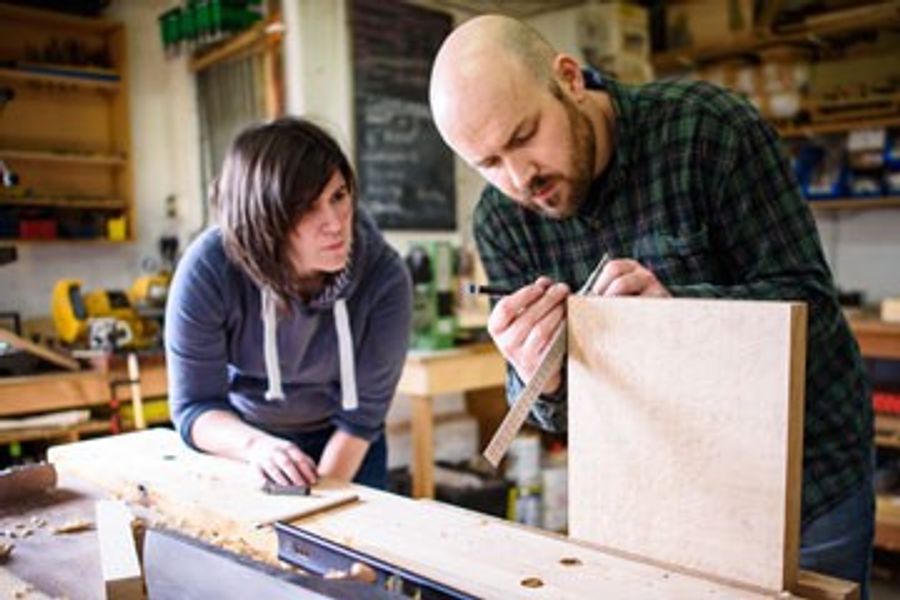

Furniture making course: Fundamentals of Furniture Making Part 1 (beginner)
2 days
Next date: 29th Jan 2026
Featured


Cracket Stool made with hand tools for beginners
2 days
Next date: 31st Jan 2026
5 places left
Featured


"Here come the Vikings!" The Viking Sunset Bowl
2 days
Next date: 27th Apr 2026
1 place left
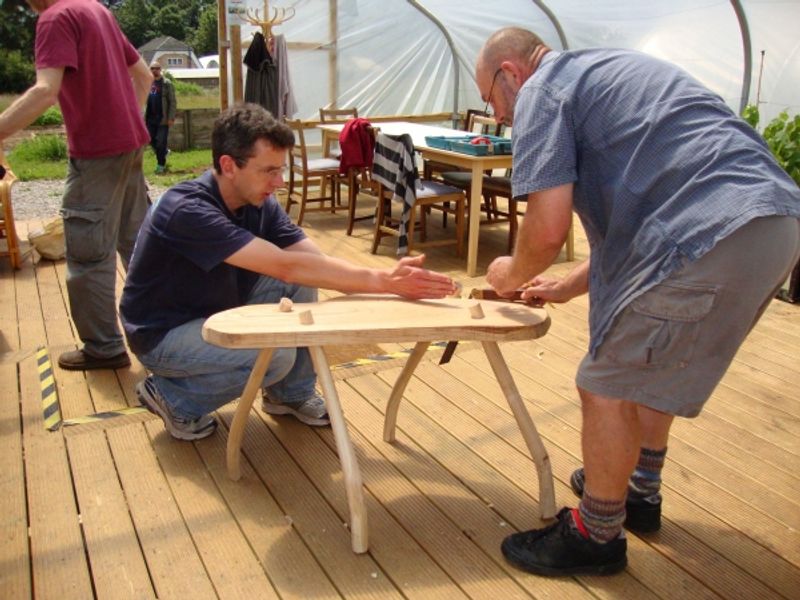

Introduction to Green Wood Furniture Making - 2 Day Course in South Devon
2 days
Next date: 24th Jan 2026
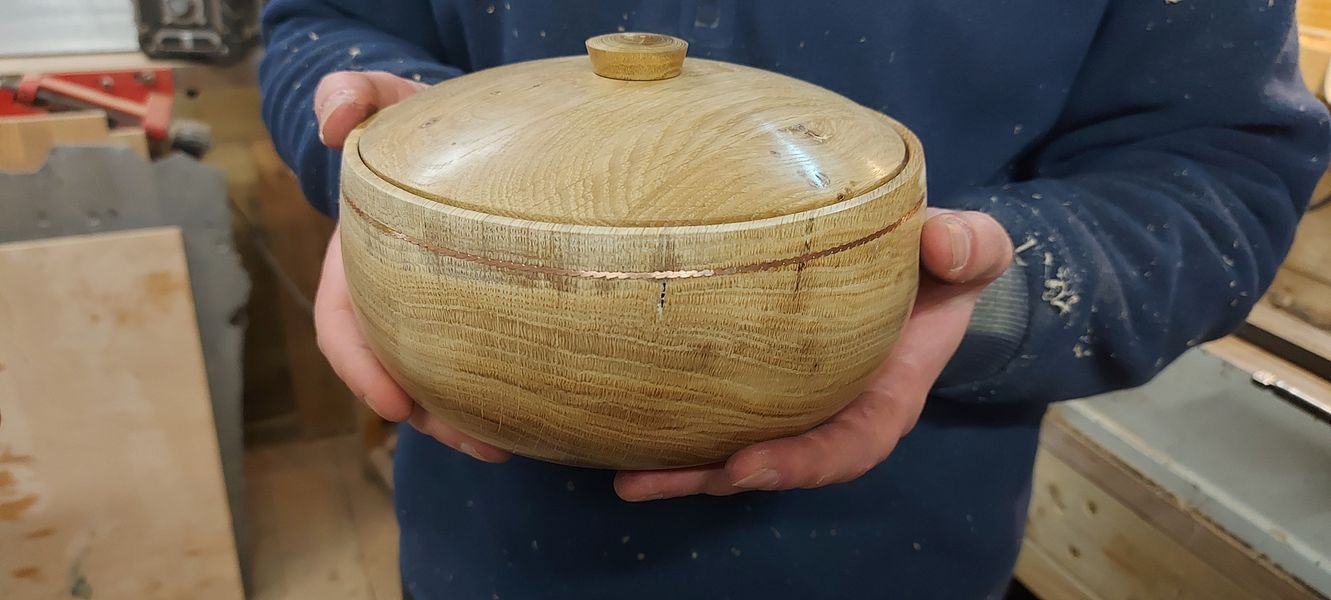

Lathe turning for beginners with Thompsons Wood
7 hours
Next date: 15th Dec 2025
1 place left
Loading...
